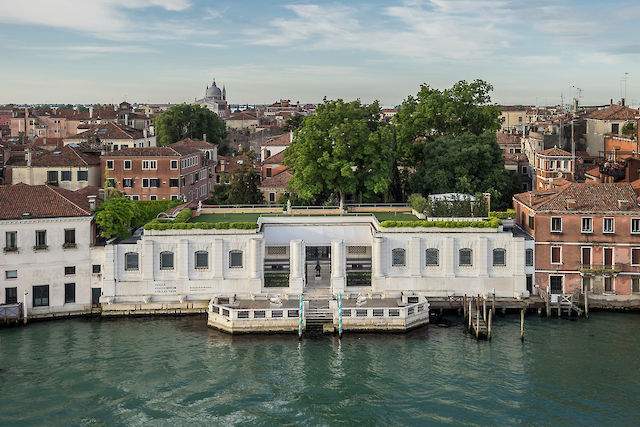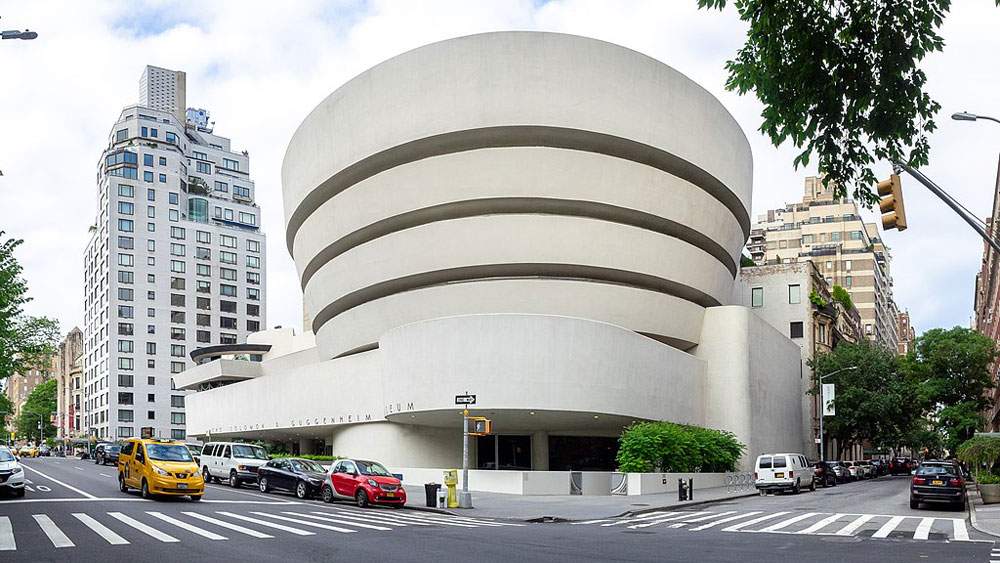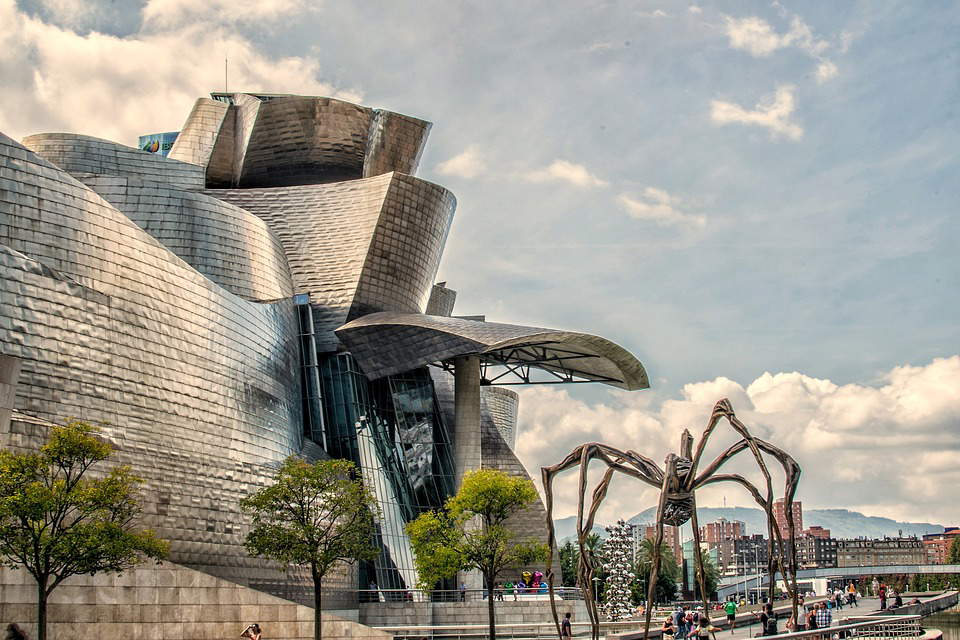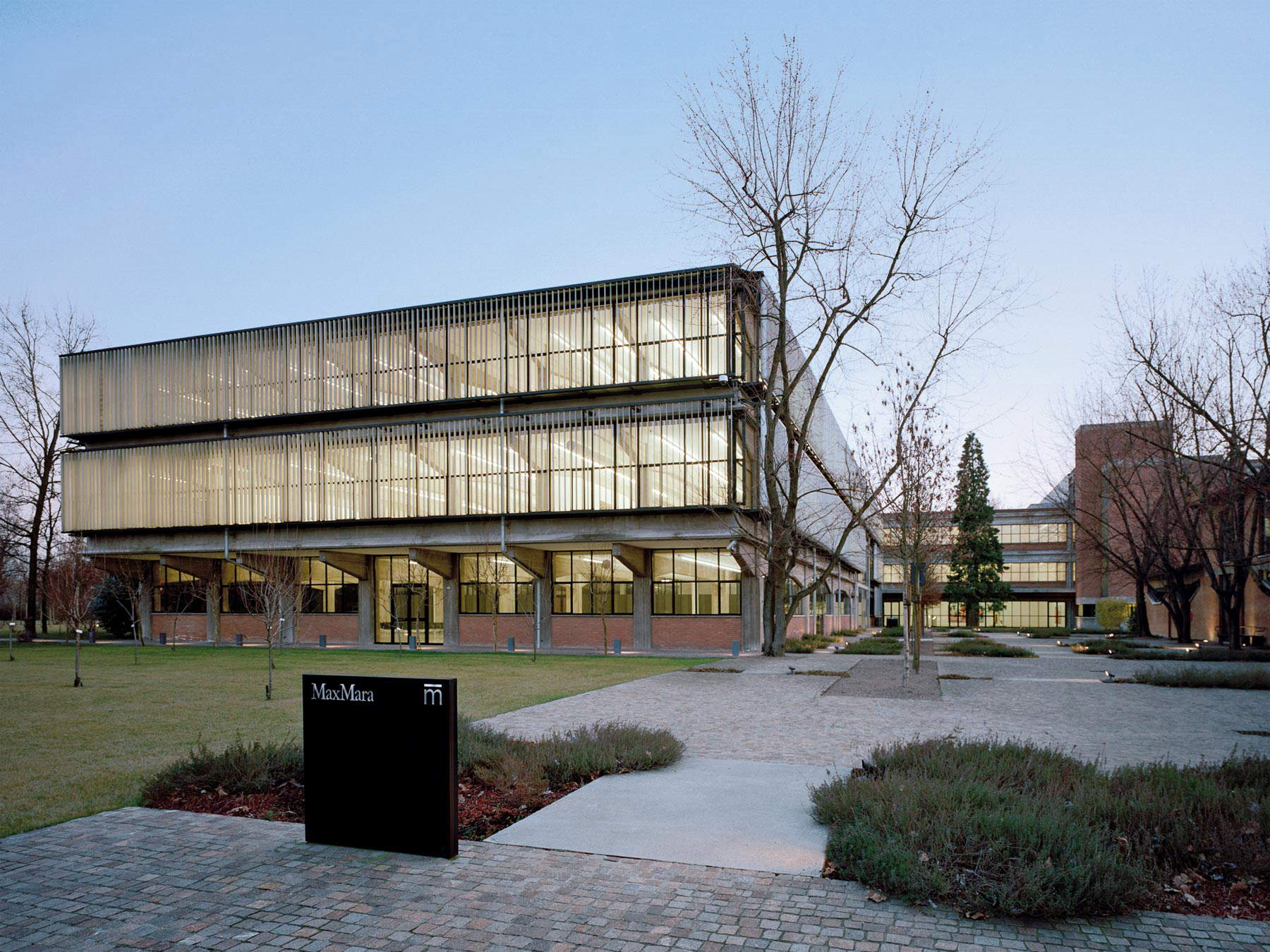In our country, more clearly than in others, the great economic resources that wealthy men of the past, whether these princes, popes, bankers, captains of fortune, spent to embellish their courts and their cities are manifest and obvious, and to realize this it is enough to take a stroll through one of our many historic centers. They were undoubtedly self-celebratory interventions designed more to make explicit the power of the patron than to make the days of citizens, servants or subjects happier and more pleasant: nevertheless, anyone who lived, without distinction of wealth or culture, in the Florence of the Medici, the Venice of the doges, the Rome of the popes, could admire on a daily basis works created by the most skilled artisans, artists and architects of the time. An even greater enjoyment if you then belonged to that fortunate elite who were allowed entry to the least accessible places: halls and salons of representation, private rooms, destined for the few and to which we can now access only as tourists, or as occasional users if these rooms have been converted for other uses. Arriving, with a leap in time (for brevity), to the present day, the impression is that although there are still economically significant entities that invest in art and culture (Prada, Maramotti, Sandretto Re Rebaudengo, Fendi, Ferragamo to name but a few), it is only the “cultural elites” who enjoy their investments, while those who have not been fortunate enough to mature a certain type of artistic sensibility remain excluded, unaware of the existence of such a private museum or foundation, or unable to cross the threshold of entry.
To think even better, among the most active private entities in our country in creating Foundations and collections or in financing exhibitions, those who have managed to cross the fences of specialist journals or from the local chronicles have been those contemporary patrons who have had the opportunity to create new buildings or redevelop areas once destined for other uses, or at any rate to carry out structurally and sometimes even urbanistically relevant interventions so as to make them immediately visible and recognizable. Actions such as these are by no means easy, especially in an Italy where urban and landscape constraints often pose a problem for those willing to present and take on a bold or structurally complex project.





While the Art Bonus, i.e., the 65 percent tax credit reserved for companies that invest in culture is, numbers in hand, undoubtedly an important and much-used tool for businesses (555 million euros donated by businesses for culture over a period from the introduction of the tool in 2014 until April 2021), this is not enough, and as Culture Minister Dario Franceschini rightly says, we need to strive for a level of maturity whereby, within social budgets, an item is dedicated to investments in culture, and then perhaps arrive in a future (and this could be added) where, alongside a social budget and an environmental budget, a cultural budget can also have dignity. If it is true that large companies that do not invest in culture should be ashamed (again quoting Franceschini) then there must also be a mature community that also has the ability to shame them, and we must therefore look forward to a future in which consumers are increasingly willing to reward with their purchasing actions those companies that invest part of their capital in culture, as is already the case for companies that are attentive to environmental or social issues. At the same time, however, large groups that invest in this direction must be given the opportunity to make their actions recognizable and visible. How much have the buildings in which the Peggy Guggenheim’s venues are housed contributed to making the Foundation known to the general public and to characterizing the aesthetics (excluding Venice) of the places where they are located and from which we all benefit for free? What do we think of when we see the headquarters of the Louis Vuitton Foundation? Do we necessarily have to enter it to enjoy it?
There will be those who will talk about cultural washing, just as there is already widespread talk about green washing, but if the cultural investment intervention is made by a company that operates within legality, why should we immediately start discussing whether the action is driven more by a fiscal/commercial spirit rather than a pure philanthropic spirit? There is no doubt that there will certainly be individuals who through art and culture will try to buy social peace, or to obtain concessions to carry out actions that could be the focus of a discussion of expediency, but it is a risk that must be taken, without abdicating criticism, but with a more secular and less moralistic approach. The history of art, architecture, and urban regeneration will go on without us, and so we will increasingly risk being peripheral, destined to become a great Disneyland of culture where at best we will be feted by yet another nineteenth- or twentieth-century mansion converted into a museum or foundation, and the most color and boldness we will allow ourselves will be a nice mural that will bring some color to our gray suburbs.
Warning: the translation into English of the original Italian article was created using automatic tools. We undertake to review all articles, but we do not guarantee the total absence of inaccuracies in the translation due to the program. You can find the original by clicking on the ITA button. If you find any mistake,please contact us.